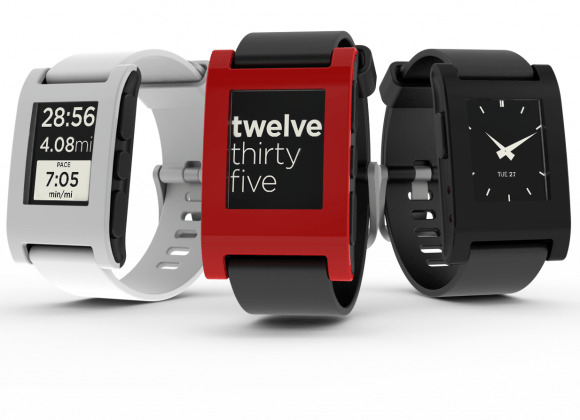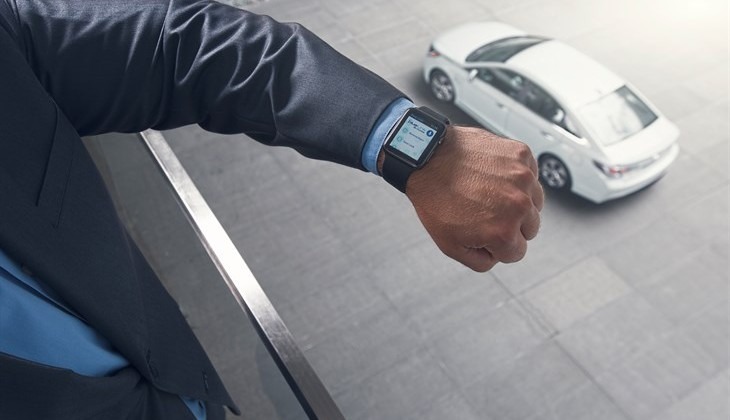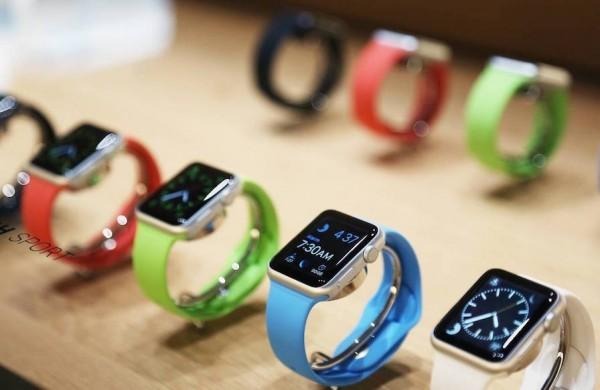3 years later, where are the smartwatches?
A few days ago, the New York Times ran piece that raised doubts about the success of the Apple Watch, pointing out how some popular apps, like Facebook, are nowhere to be found on Apple's smartwatch. Setting aside some assumptions that the piece makes, which others have already debunked, the piece does raise the ghost of doubt about smartwatches. Not just Apple's but all smartwatches in general. We've heard the pitch. We've seen the wares. But the nagging question has always been, "where are the smartwatches now?"
Starting line
Where do we really draw the starting line when it comes to smartwatches? Like smartphones, there have been hints of a mobile device that can do so much more even before Apple put out the very first iPhone. To mark the starting point, we'll have to define what a smartwatch is. We'll try to keep it simple. It's a wearable device that hooks up with a smartphone for added functionality. Alternatively, it can connect to the Internet directly but still exhibit smartphone-like behavior. This rules out many older devices in the early 2000s. And, of course, it needs to look like a watch, which excludes smart fitness bands.
Going by that definition, we can probably say that the smartwatch trend started in 2012. This was the year when Sony put out its first SmartWatch and when Pebble broke Kickstarter records. It wouldn't be until a year or two later when it would go into overdrive, with the likes of Samsuing's Galaxy Gear, Motorola's Moto 360, and LG's G Watch vying for attention. As you can see, industry adoption was quite slow on the uptake. But consumer acceptance fared even worse.

The end in sight
Part of the problem with smartwatches has always been one of purpose. There is little doubt that a hi-tech timepiece would be cool to have, exemplified by all the whatchamacallits you'd find in both spy and science fiction. But fiction is fiction and reality proved stranger than fiction. Early attempts at a computer on your wrist pre-2012 where crude and strange. Those that came after were more refined but equally alien. On paper, it sounded nice to have an extension of your smartphone on your wrist. On your wrist, it didn't play out exactly as you might have imagined it, if you were able to sufficiently imagine it at all.
What are smartwatches supposed to do? After the novelty wears out, do they really have a practical purpose.
Smartwatches are advertised to be extensions of our mobile devices, designed to keep us present in the moment by saving us from having to pull out our smartphones all the time. Instead, smartwatches would have us looking at our wrists all the time. Well, almost. The physical constraints of a watch does limit what you are able to accomplish there. And when you've reached the end of your patience, then you pull out your smartphone. They're supposed to save us from the barrage of notifications we experience from our smartphones. But, unless you've set up those notifications properly, you're just transferring the noise from your pocket to your wrist. And a tingling wrist is harder to ignore than the one in your pants.
Smartwatches will also let us control other gadgets remotely, which might be perfect for photography. But how many today own cars with smartwatch, or even smartphone, integration? How many today have smart light bulbs or smart AC's or smart thermostats? Chances are, not that many yet. This leaves out many smartphone users from really fully utilizing the potentials of a smartwatch, which leaves many of these users disinterested in an otherwise interesting device.

A new race car
App developers are similarly ambiguous about the wearable, particularly the Apple Watch, as the New York Times article seems to imply. There is some truth to that, but also a logical leap. The argument crumbles when you consider that, as many have already pointed out, Apple only just recently released its Apple Watch SDK, which gives these developers a late start. Some are also waiting for watchOS 2 because of new features and changes that the imminent update will bring. In other words, it is far too early to judge the situation.
That said, this seeming lack of urge to jump head on into wearables that the NYT describes isn't peculiar to the Apple Watch either. Not all app developers are ready to jump on the train, even the high profile ones. Some out of principle, but most out of a lack of understanding how to utilize that space on your wrist. Not all app experiences translate well to a smartwatch. Aside from those intrusive notifications, of course. Facebook posts, for example, will hardly fit in there, not to mention all the rich media content they contain. Even tweets, which are no longer capped at 140 characters, are cut off. Smartwatches may be extensions of smartphones, but a genuine user experience would require deeper thought and more intentional designs.

Wrap-up: the road ahead
That's not to say that smartwatches are a waste of time, no pun intended, and that we should all give up while there's still a chance. If anything, it only shows that, even three years later, this device category is still finding its legs. The problem isn't that it has no future. The problem, as with anything in life, is in getting there. One could almost say that smartwatches might be a bit ahead of their time and the pieces have not yet all fallen into place.
In the meantime, smartwatches, along with other wearables, have found a home in fitness and health circles. Closer to our bodies and less conspicuous to use, these devices have almost become a staple among tech savvy health buffs. It's not a permanent marriage, but it does provide a safe haven for smartwatches while the rest of the world try to build the infrastructure, the materials, and the homes that will make wearables more relevant.
But more than just looking at its present, smartwatches should provide stimuli for thinking and re-thinking. Smartwatches should cast a critical spotlight on how we have become inundated by notifications and how we can truly fix that and not just relocate them. It should also encourage developers to truly think about how to best use that cramped space, distilling their apps to the most basic core experience. Who knows? It might even give way to serendipitous discoveries and improvements in their existing apps as well.
So where are the smartwatches now? They've just passed the very first leg of the track. But don't be so quick to dismiss the almost turtle-paced progress. After all, it wasn't the hare that won the race.
